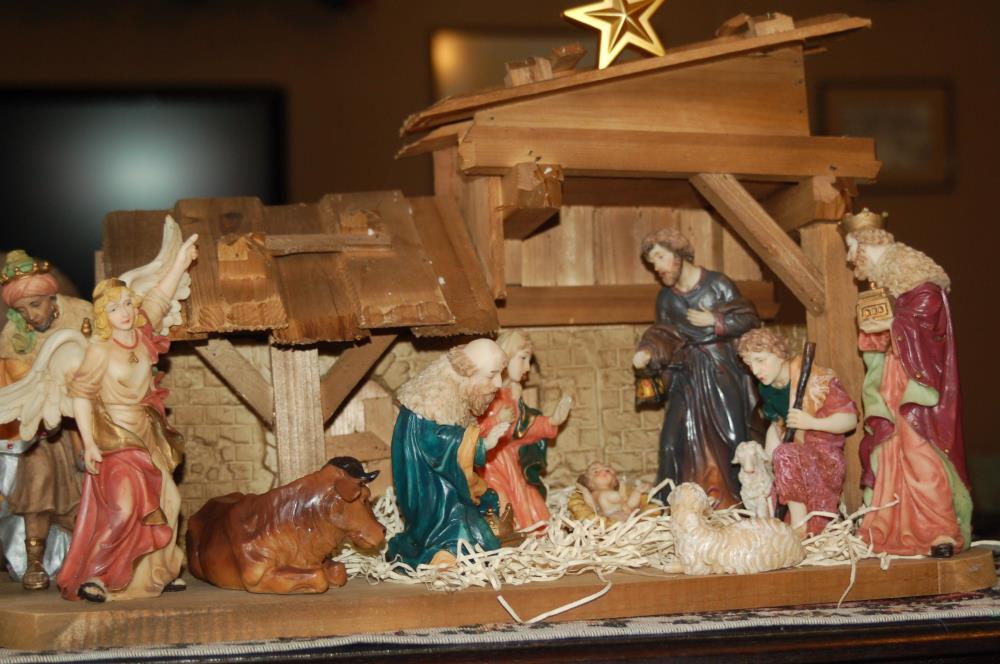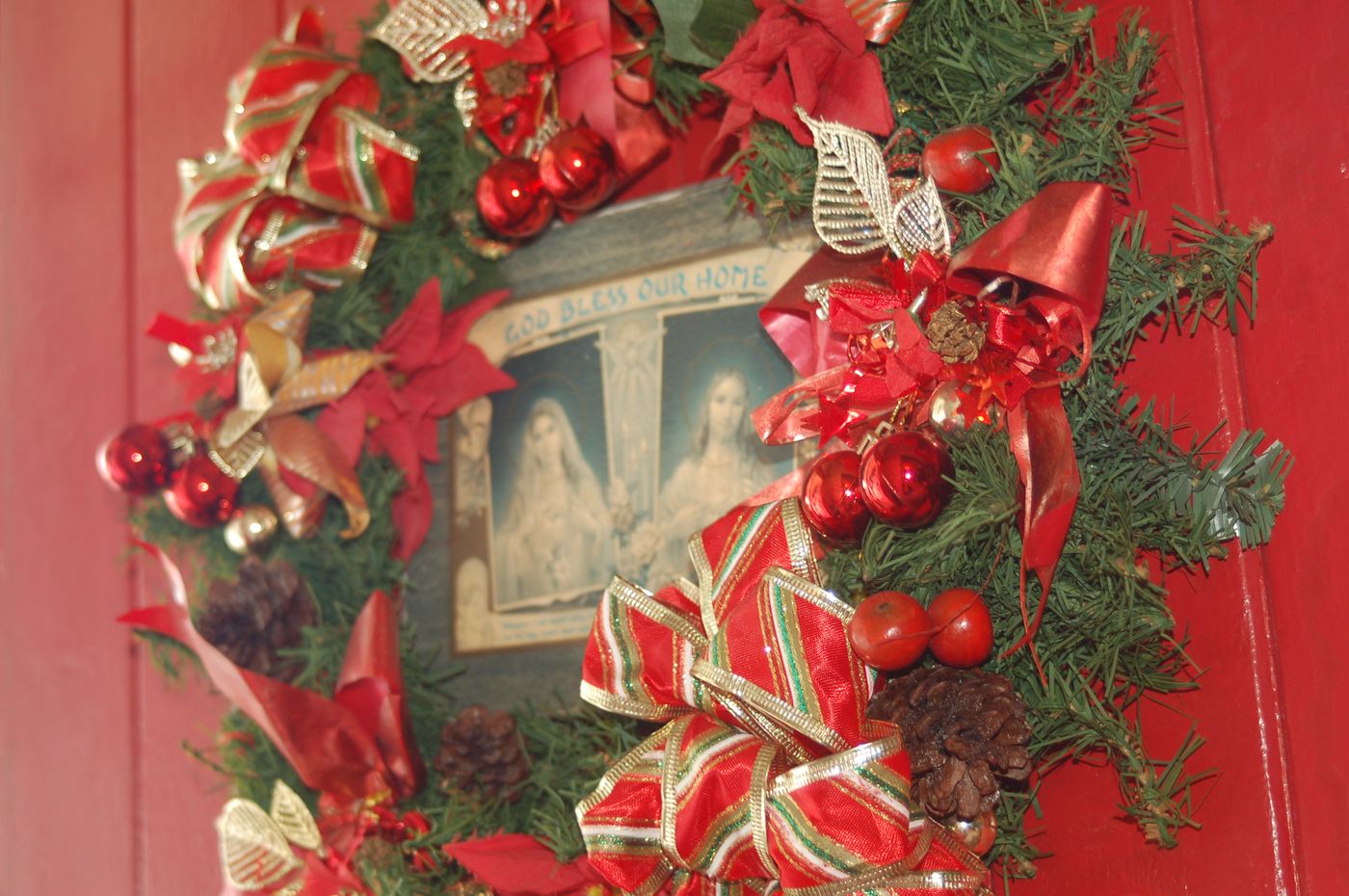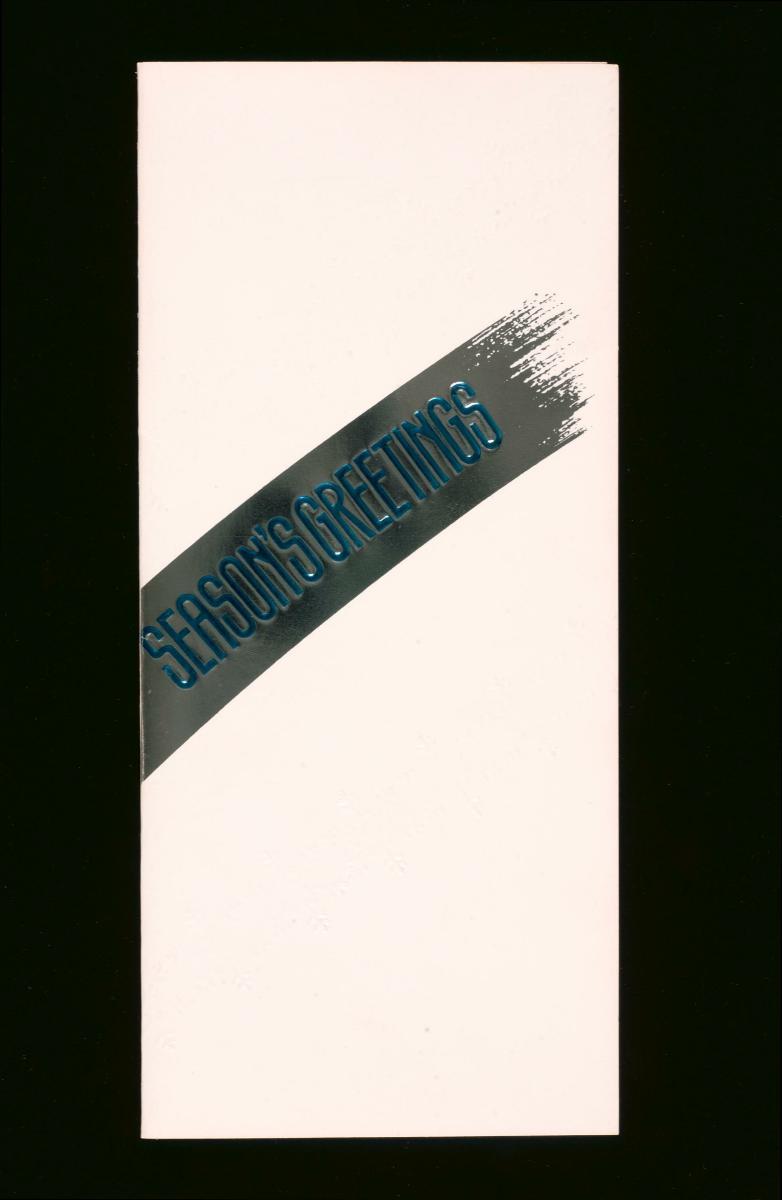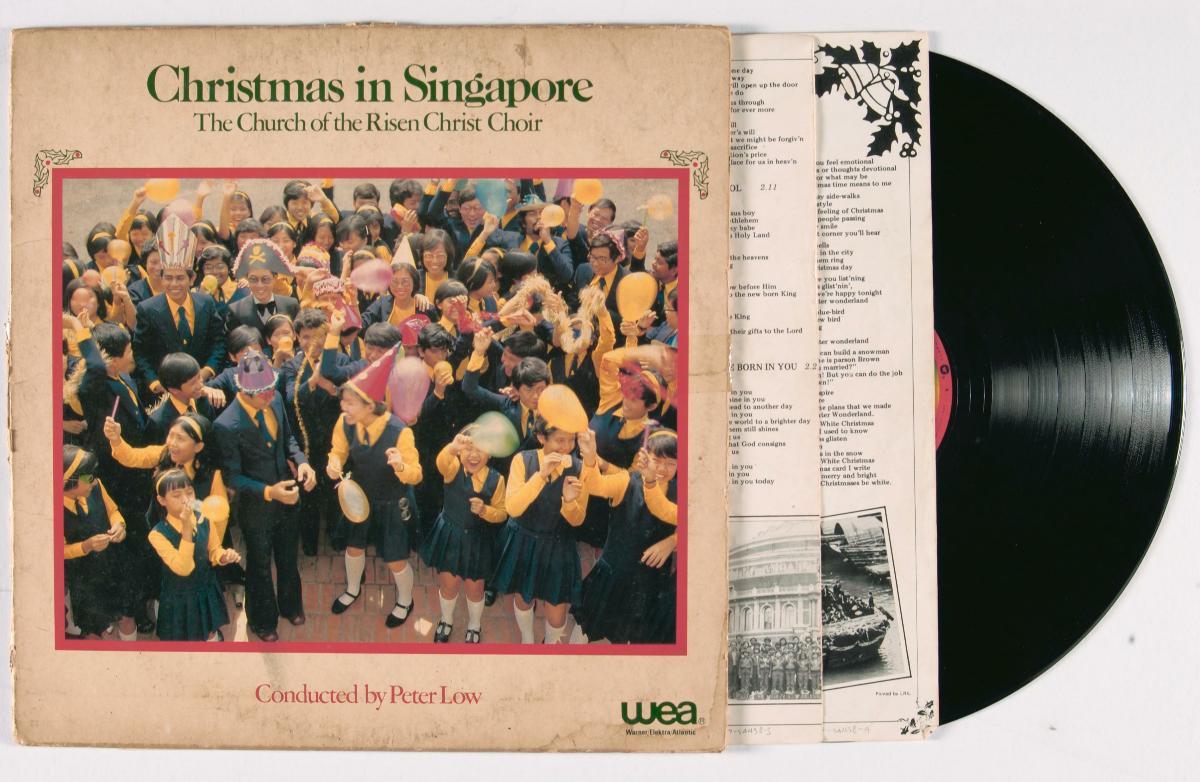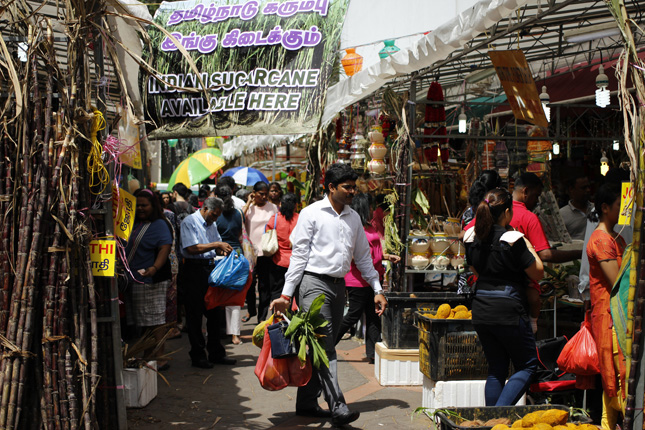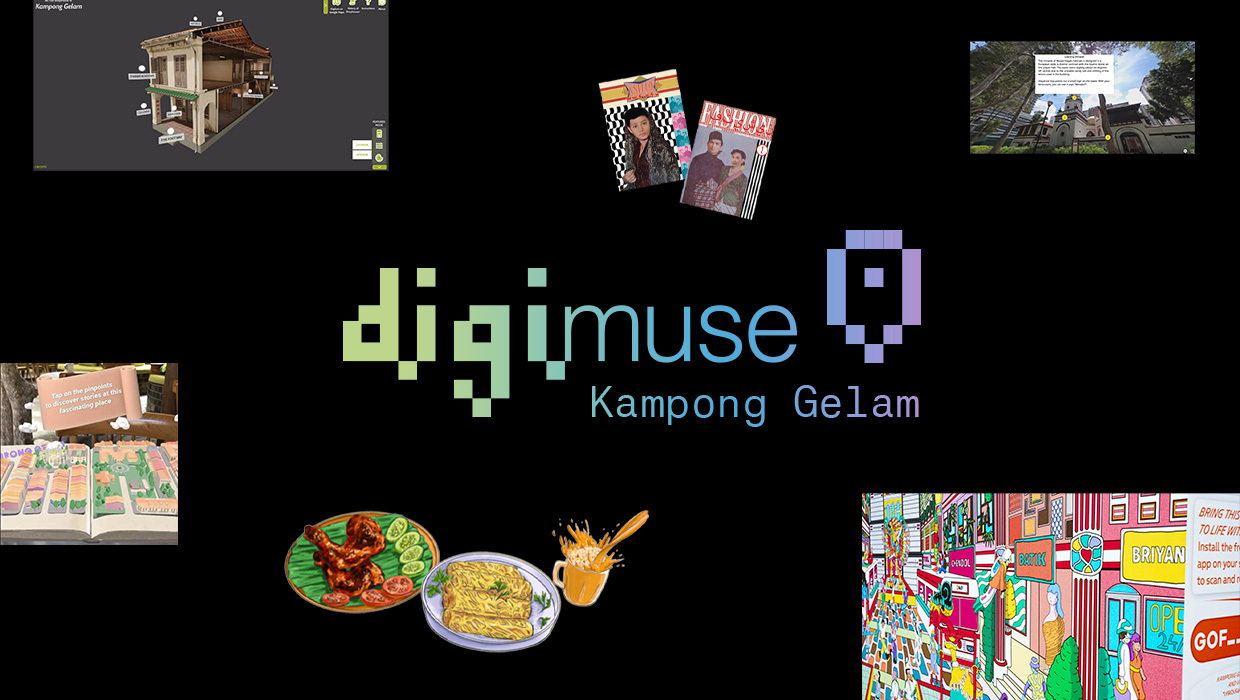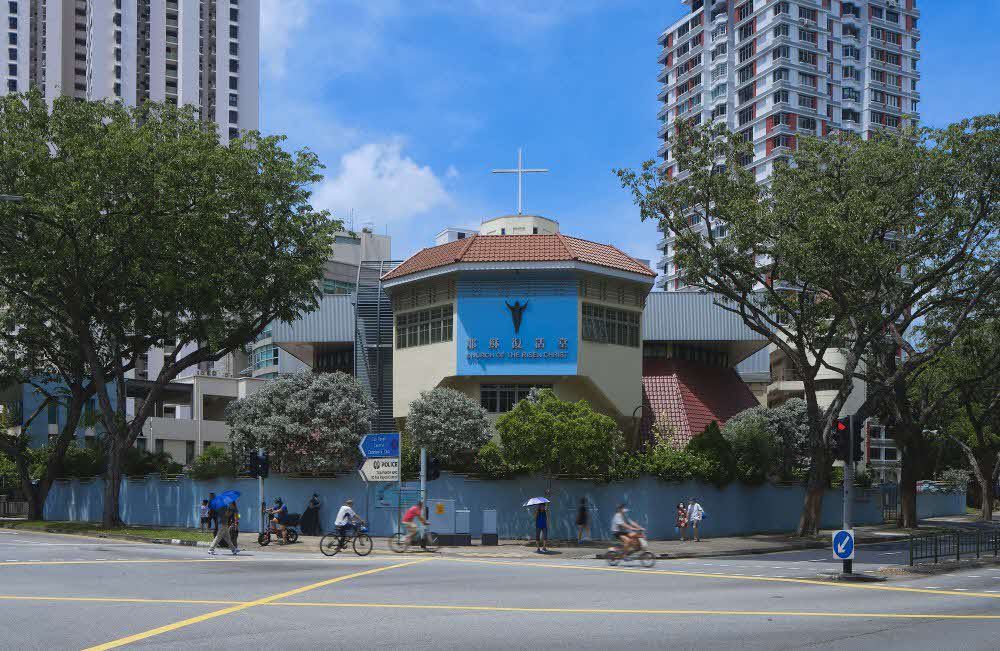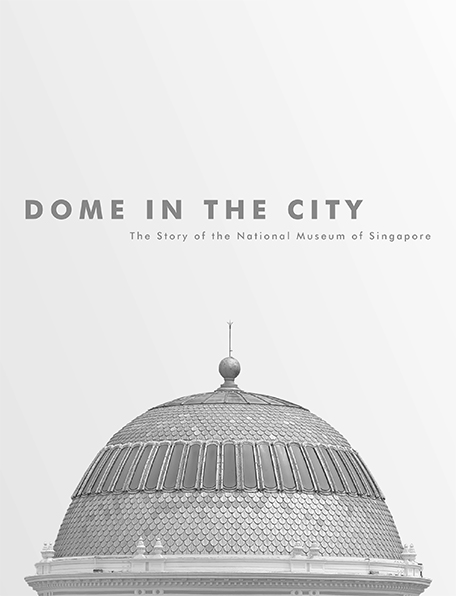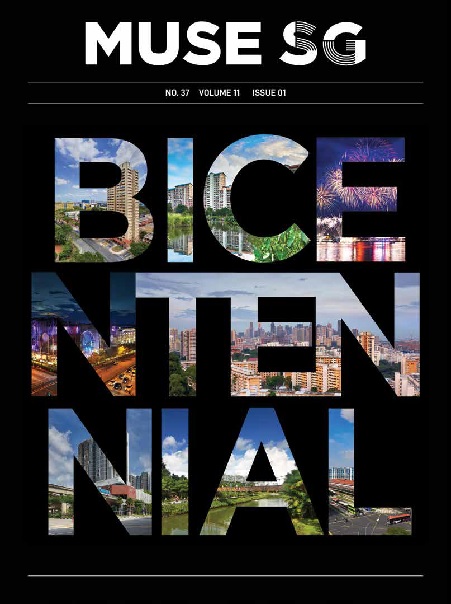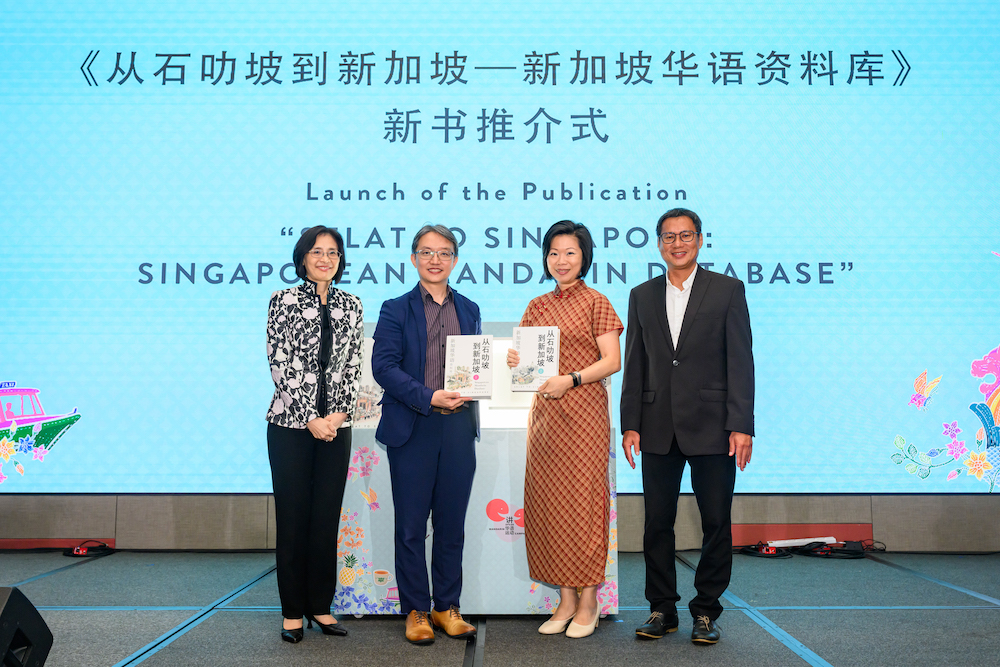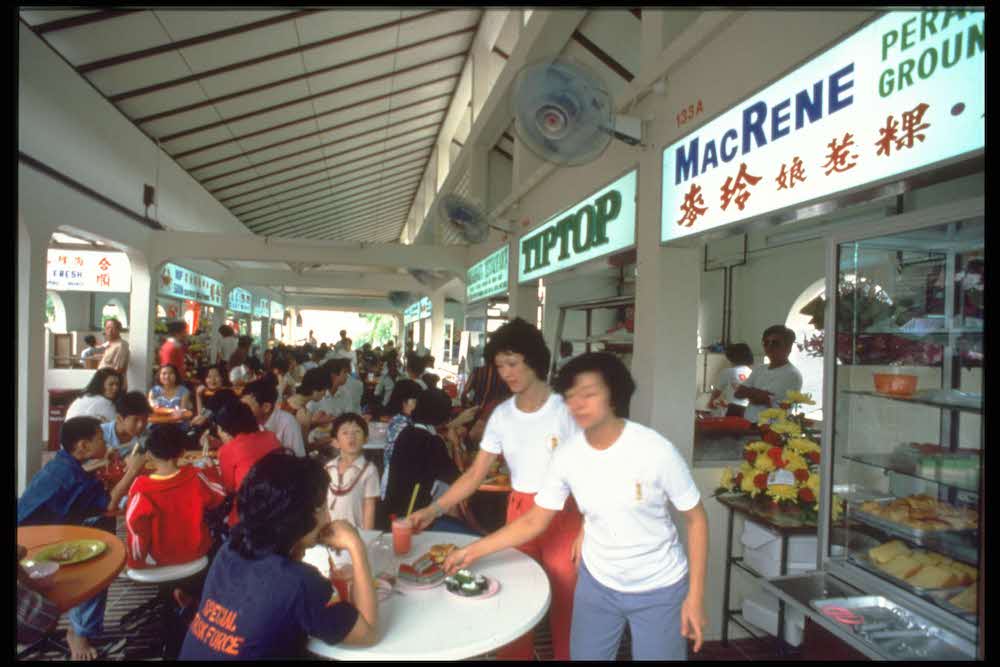Christmas
Christmas marks an important cultural and religious time of year for Christians. It is a time to gather with friends and family, eat seasonal foods, and celebrate a holiday with spiritual significance.
Christmas commemorates the birth of Jesus Christ, and the nativity scene is often presented as a key part of Christmas decorations and greeting cards. It is celebrated on 25 December, which is a public holiday in Singapore. The four Sundays leading up to Christmas are known as Advent and serve as a spiritual preparation for the holiday. The Christmas season continues for 12 days, during which the festive spirit of Christmas and the customary practices of visiting, communal meals and exchanging gifts continue.
Geographic Location
Christmas is celebrated in various parts of the world where there are Christian communities. As with the two foci on religion and family, the important locations for its celebration takes place in the church and the home.
In Singapore, Christmas is celebrated both in a religious and secular manner, where Christmas gatherings both at home and at the workplace are common. The Christmas celebrations in Singapore extend to public spaces, including shopping malls which put up decorations to celebrate the festival. This extends to the streets of Orchard Road, Singapore’s main shopping district. During Christmas period, the road is decorated with Christmas lights and many shopping malls also put up decorations, adding to the festive spirit. It is also common for Christmas caroling groups to perform at these public spaces.
Communities Involved
The Christian community in Singapore is involved in the celebrations. Beyond Christian communities, people of other faiths take part in Christmas functions and celebrations. During this season, families, regardless of ethnic or religious heritage, may gather for a Christmas lunch or dinner. Many local families and businesses have adopted the practice of exchanging gifts as well.
Associated Social and Cultural Practices
Christians in general celebrate the religious aspect of Christmas by attending church services on Christmas Eve and Christmas Day. Communities also decorate their houses with festive decorations. Nowadays, the most notable decoration is the Christmas tree. The tree is trimmed with a mix of baubles and religiously-themed ornaments, decorated with fairy lights, and topped with a star or an angel. Due to growing numbers of customers, local plant nurseries often import pine trees in large numbers. Churches, families, and even some departmental stores set up nativity-scene dioramas depicting the birth of Jesus. A typical nativity scene is set in a miniature stable of farm animals. Models of baby Jesus and his parents are surrounded by visiting shepherds and Magi. Some families place the figurine of the baby Jesus in the manger only on Christmas Day itself.
Apart from festive celebrations and festivity decorations, singing Christmas carols is another typical tradition in this season. In the past, caroling groups went from home to home. These days, as most Singaporean homes are in high-rise buildings, it is difficult for caroling groups to travel from door-to-door. As a result, caroling groups often perform in shopping malls or public places to share the joy of the season to the wider public.
During the Christmas season, families prepare food to enjoy with one another. Within local Christian communities, ethnic influences are discernable in the foods served for Christmas. One such community that celebrates Christmas is the Eurasian community in Singapore, a majority of whom are Christians. Food plays a major role in the celebration of Christmas by the Eurasians. The food of the Eurasian community combines Portuguese, Dutch, Asian, and English influences, and take on localised flavours specific to the context in Singapore. The feng, a dark-coloured, dry curry made of pig offal stewed in a rich blend of spices, is a time-consuming dish to prepare. The innards and other parts of the pig are diced into small pieces and parboiled before being cooked with the feng rempah, a spice-mix paste. Each family’s rempah recipe is distinct and is handed down through the generations.
Experience of a Practitioner
Mdm Victoria Mary Rodrigues, who has been part of the Singapore Eurasian community since being relocated to Singapore during the Japanese Occupation, remembers iconic Eurasian dishes consumed during Christmas. These include seaweed jelly, feng curry, achar pickles, sweets such as fruitcake, and brueder (a rich, dense cake made with coconut toddy).
“The celebrations involved the entire family. Everyone contributed.” says Mdm Rodrigues. Mdm Rodrigues shares that, after supper, it is a custom for the head of the family to propose a toast to the coming year, passing on advice and blessings to those gathered.
Present Status
Although Christmas focuses on celebrations with family and close friends, it is also a time to involve the wider community. Local churches and Christian groups welcome people of other faiths to their Christmas functions. Many groups visit nursing homes and other residential facilities to share festive food and music. With less time needed for elaborate food preparations at home, more people are serving the larger community through Christmas events organised by their workplaces or volunteer-driven agencies.
With the widespread extent of celebrations as well as richness and significance of this heritage, the continuation of Christmas seems assured, even if its meaning may continue to evolve.
References
Reference No.: ICH-024
Date of Inclusion: April 2018; Updated March 2019
References
Clunies-Ross, Christine. “Family Christmas carnival.” The New Eurasian, January 2009.
Das, Yasmin. “Christmas fare that curries favour.” The Straits Times, 13 December 1992.
Eber, Francesca. “The secret ingredient: Eurasian food.” In Braga-Blake, Myrna, Ann Ebert-Oehlers and Alexius A. Pereira (eds), Singapore Eurasians: Memories, Hopes and Dreams. Singapore: World Scientific, pp 245-267, 2017.
Eurasian Association. “The spirit of Christmas Past.” The New Eurasian, January 2013.
Kraal, David. The Devil in Me. Angsana Books, 2005.
Lee-Elrick, Tracy. “Mix ‘n match makes it fun.” The Straits Times, 4 December 2011.
Pereira, Alexius A. Singapore Chronicles: Eurasians. Singapore: Institute of Policy Studies, 2015.
Phoon, Audrey. “A curry with no curry powder.”. Business Times, 7 March 2009.
Rappa, Antonio L. Saudade: The Culture and Security of Eurasian communities in Southeast Asia. Singapore: Ethos Books, 2013.
Spykerman, Kimberly. “A life of faith and flamboyance.” The Straits Times, 9 August 2011.
Tessensohn, Denyse. Elvis Lived in Katong: Personal Singapore Eurasian. Singapore: Dagmar Books, 2001.




